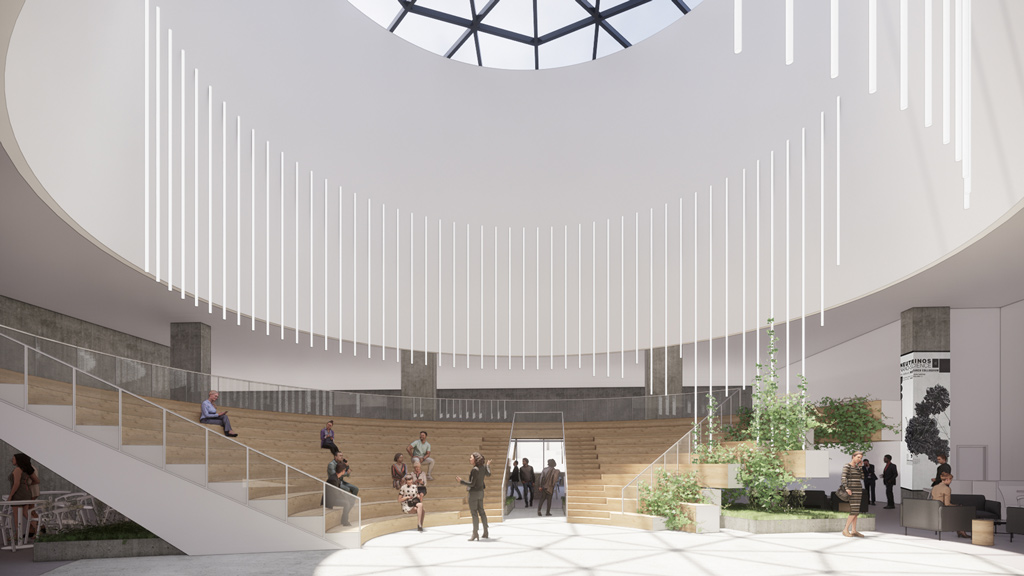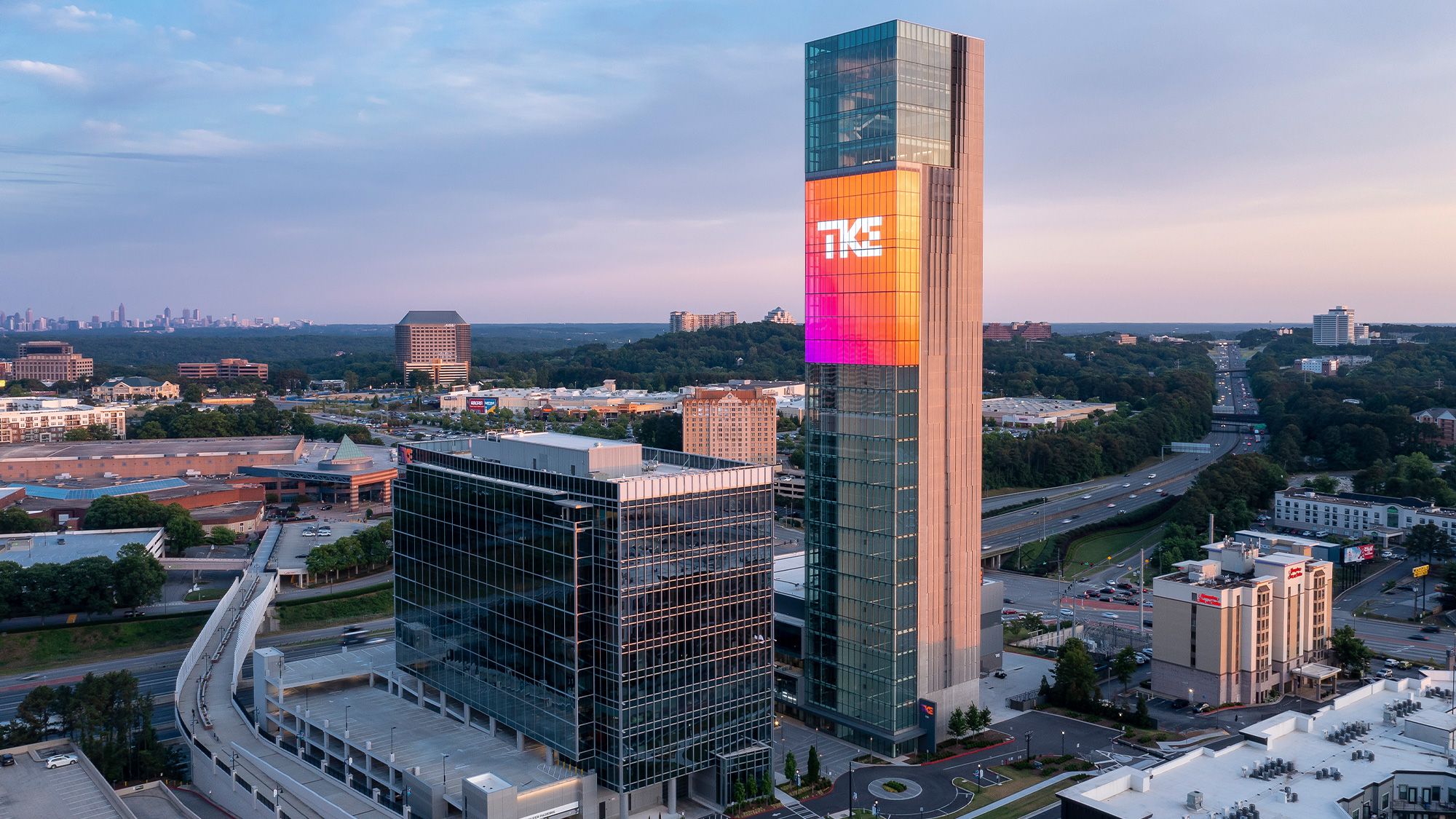
- Tallest Elevator Test Tower in the United States
- Separated Spaces for Public, Private, and Corporate Uses
- Centralized Training Facility
- Leasable Top Floor Public Space
- Two-Story Glass-Sheathed Showroom
- 27% Less Energy Use Than Comparable Buildings
- Regenerative Elevators Avoid 340,557 Pounds of CO2e
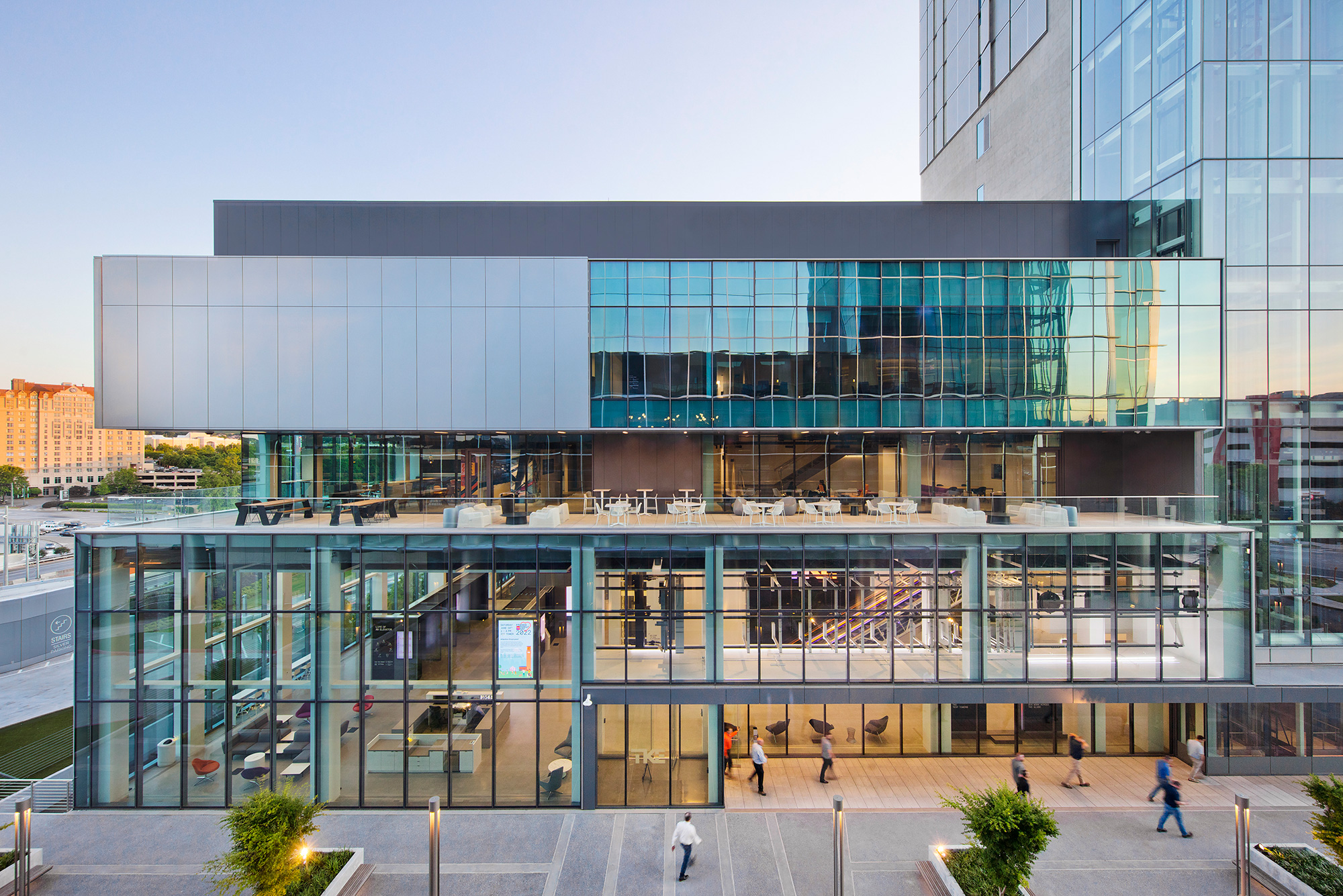
Product development companies are investing in R&D centers, testing labs, and collaborative spaces to refine offerings and accelerate new ventures. In 2017, TK Elevator shifted its North American headquarters from isolated suburban buildings to a dynamic urban hub designed to showcase innovation and strengthen brand identity through an iconic architectural presence.
In early discussions, Gensler and TK Elevator saw an opportunity to invest in the local community by relocating to an urban site, ultimately choosing The Battery Atlanta™ in the vibrant Cumberland area for TK Elevator’s evolving workplace. To reinforce this connection, the team incorporated an 11,000-square-foot LED mesh screen — the largest of its kind on any U.S. building.
TK Elevator’s North America Regional Business Support Center merges experiential and interactive design to achieve heightened brand awareness. The new development continues to prioritize connection to the community through its visitor center and showroom, located within The Innovation and Qualification Center. Sheathed in glass, the two-story showroom offers an immersive look into the research within the adjacent lab, displaying R&D efforts and smart technologies and embracing a broader trend of increased brand transparency.
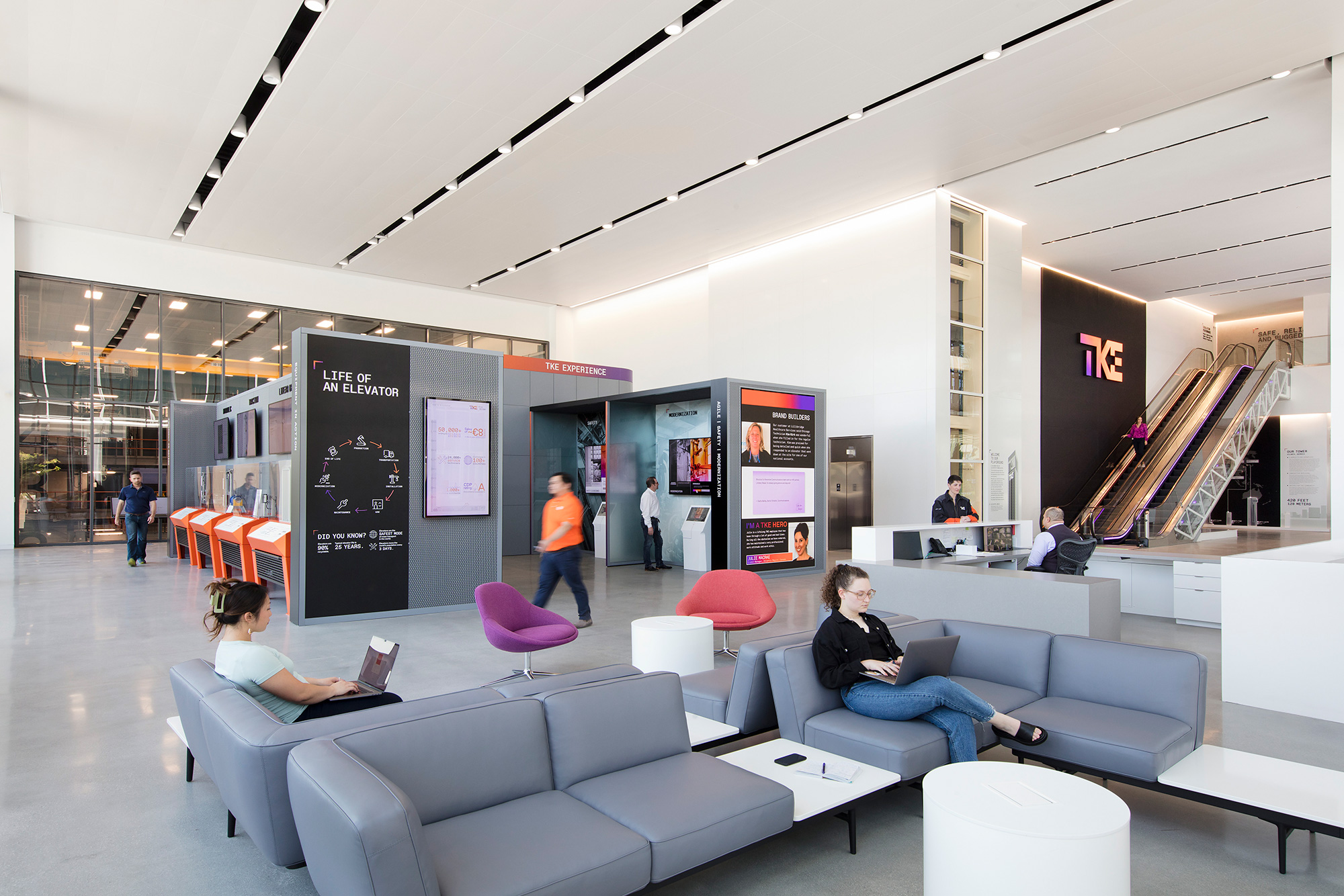
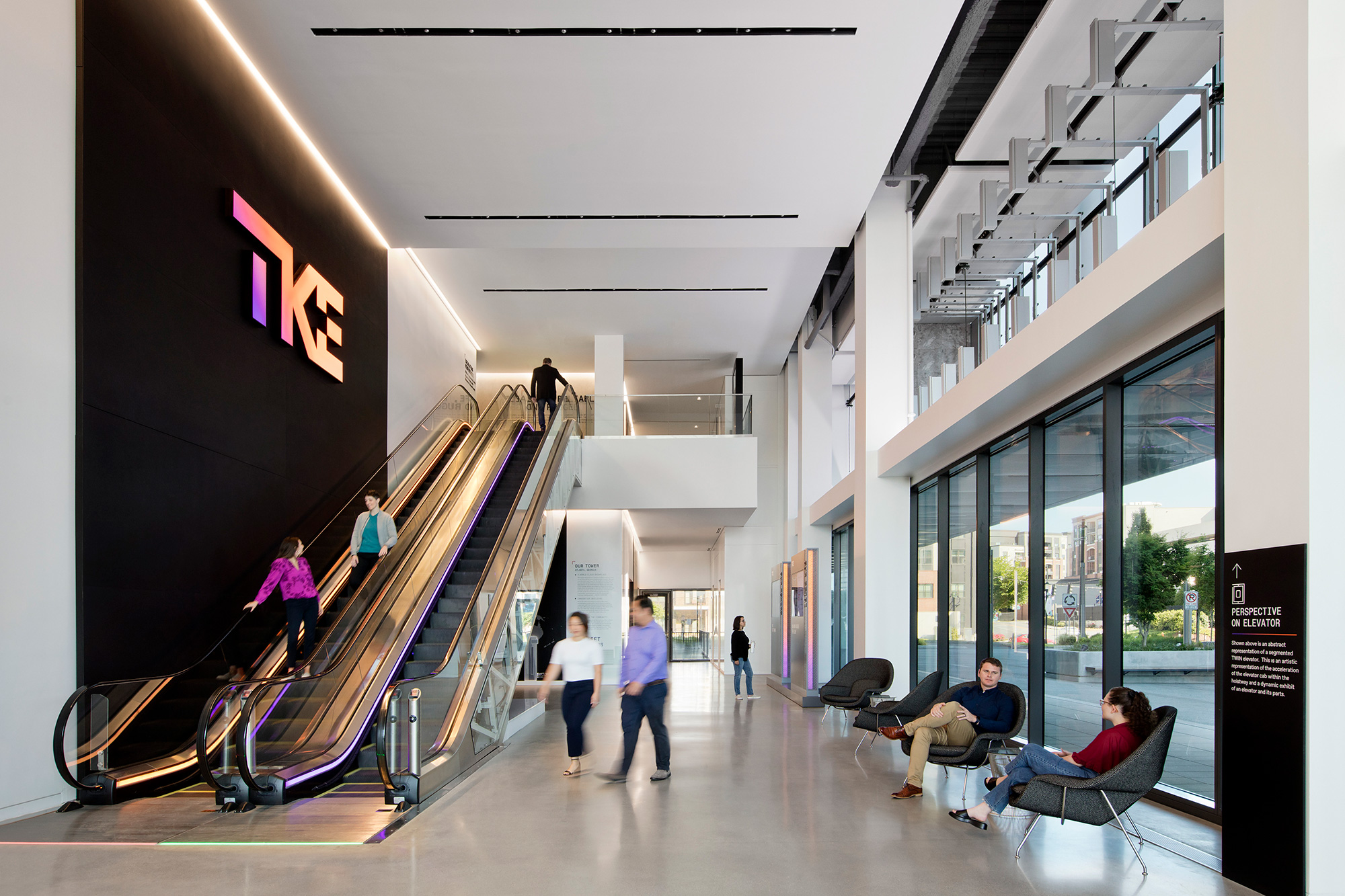
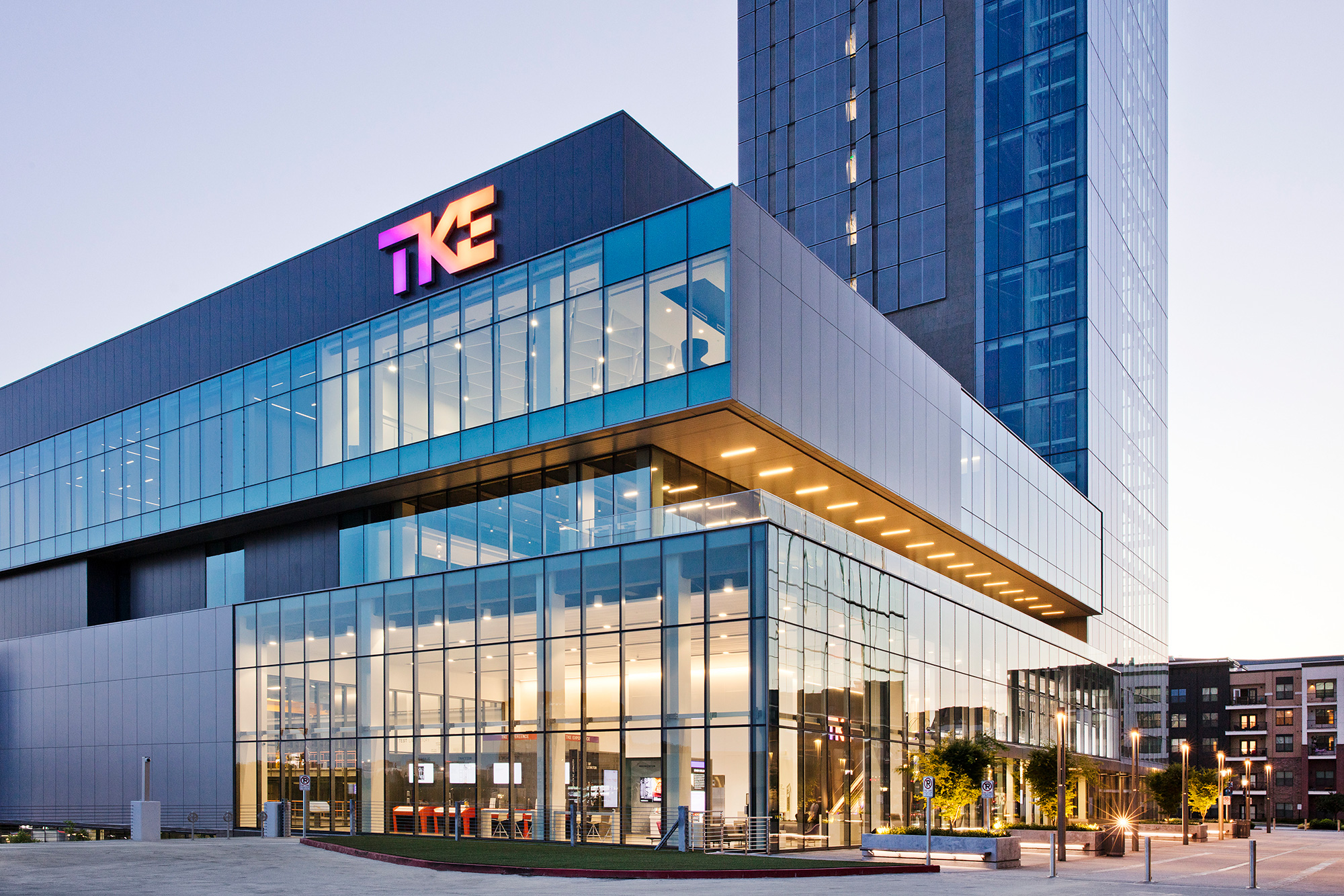
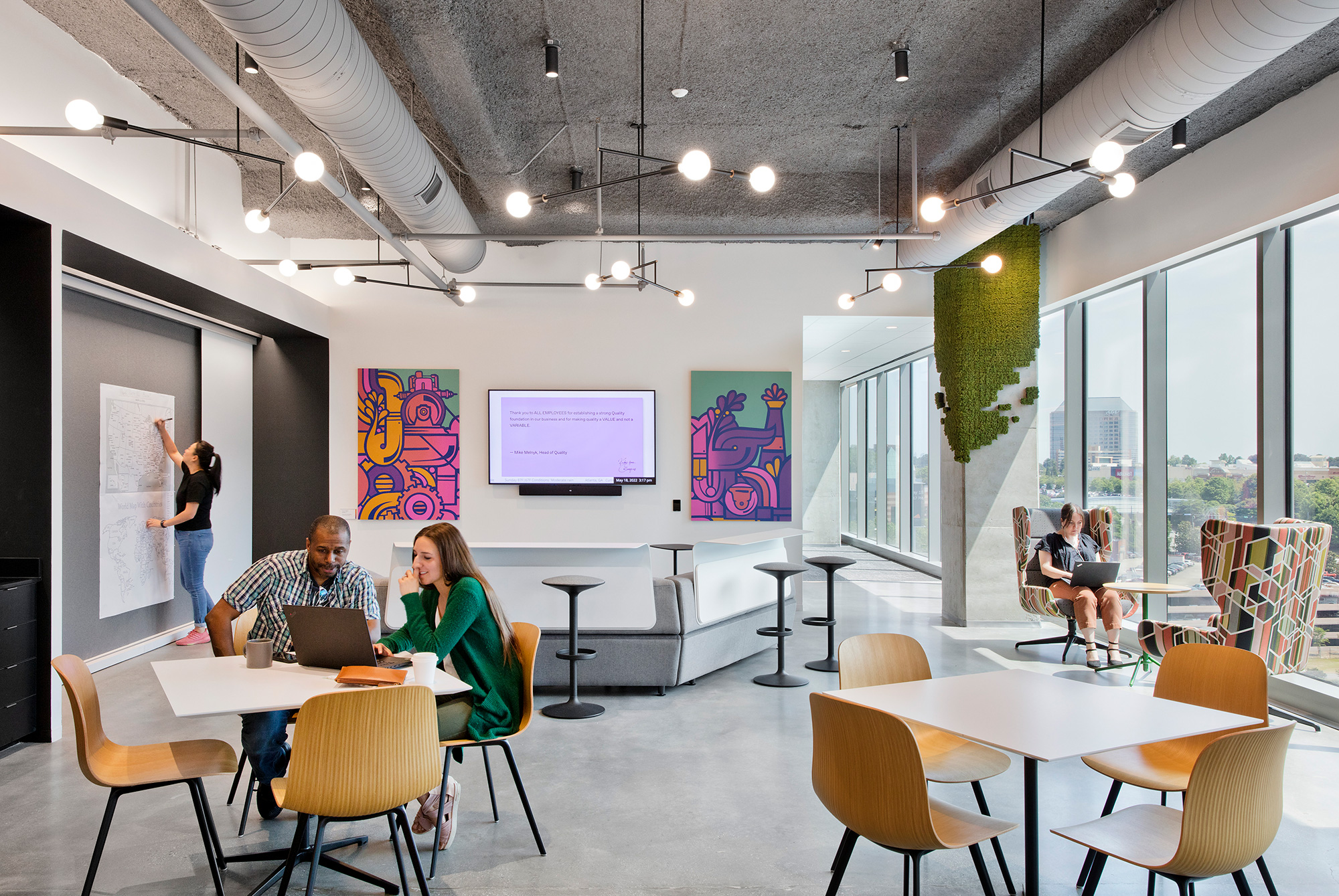
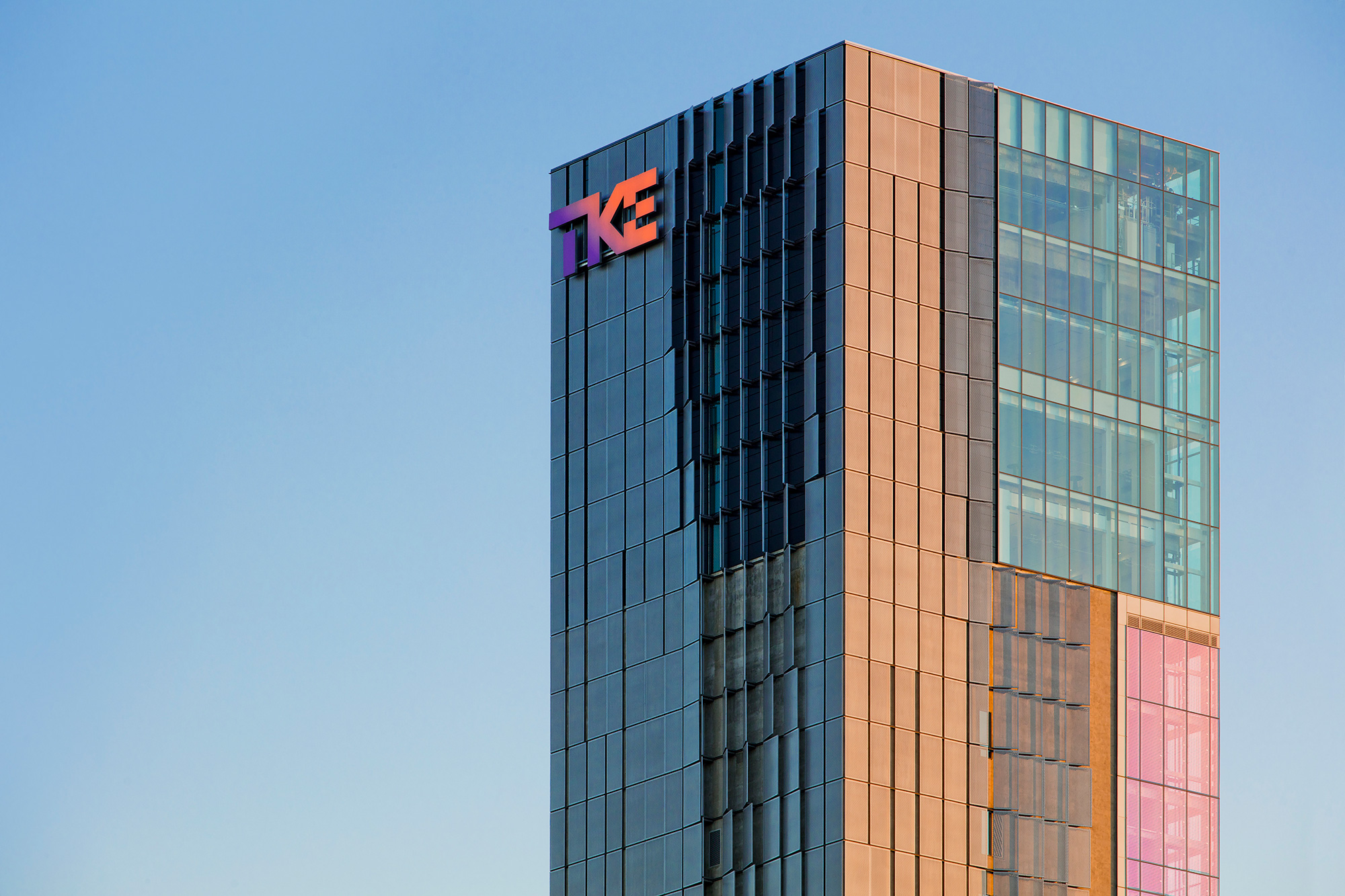
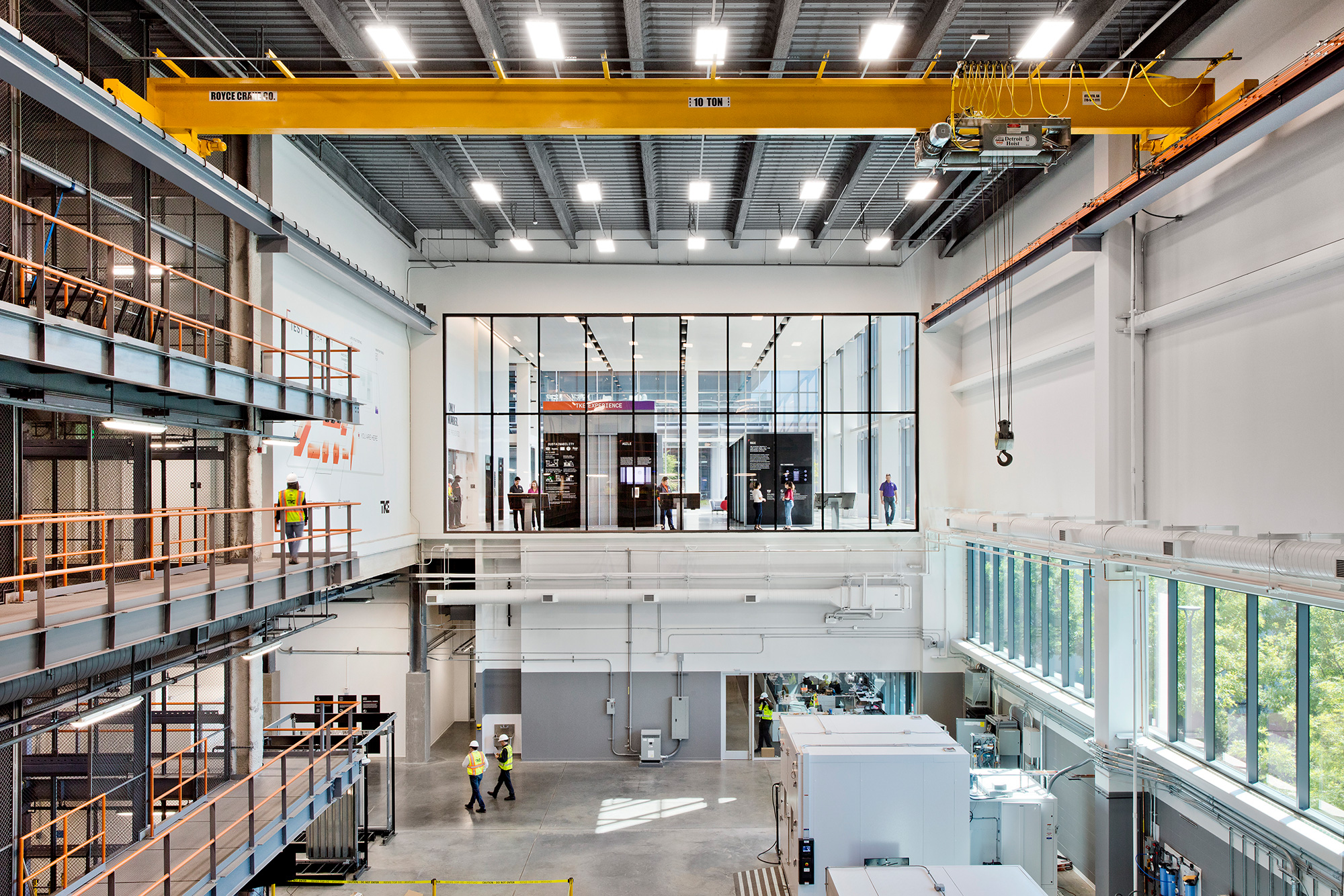
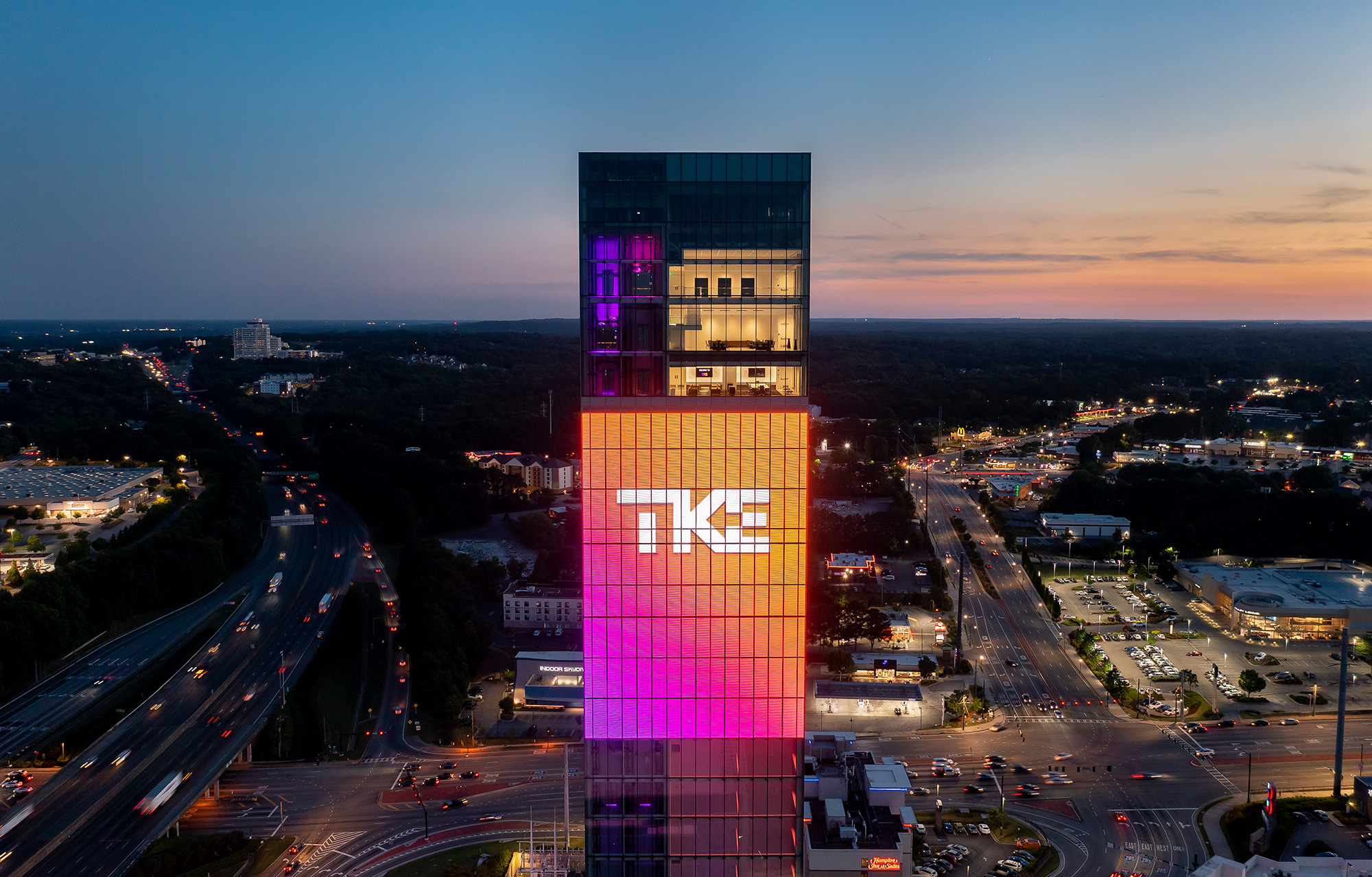
-
Global Design News spotlighted Gensler’s design of the TK Elevator North America Regional Business Support Center, a hub for research and inspection that accommodates a diverse range of user groups and features a 420-foot tall elevator test tower.
-
The American Architecture Award recognizes TK Elevator Regional Business Support Center as the 2022 winner in the skyscrapers and high-rise category. It features the tallest U.S. elevator test tower and creates an innovation and talent hub in Atlanta.
-
The American Architecture Award 2022 — Winner, Skyscrapers/High Rises Category
-
USGBC Georgia Chrysalis Awards, 2022 — USGBC GA Exceptional Sustainable Technology Award Winner
-
Engineering News-Record Southeast recognized Gensler’s design of TK Elevator’s new Test Tower and IQC, a 216,292-square-foot home for research, testing, and training, as this year’s Best Project in the Energy and Industrial sector.
-
Engineering News-Record, 2022 — Best Project Winner, Energy/Industrial Sector
-
Building Design+Construction announced the opening of TK Elevator North America Regional Business Support Center lobby in Atlanta, featuring the cornerstone Innovation and Qualification Center with the tallest elevator test tower in the U.S.
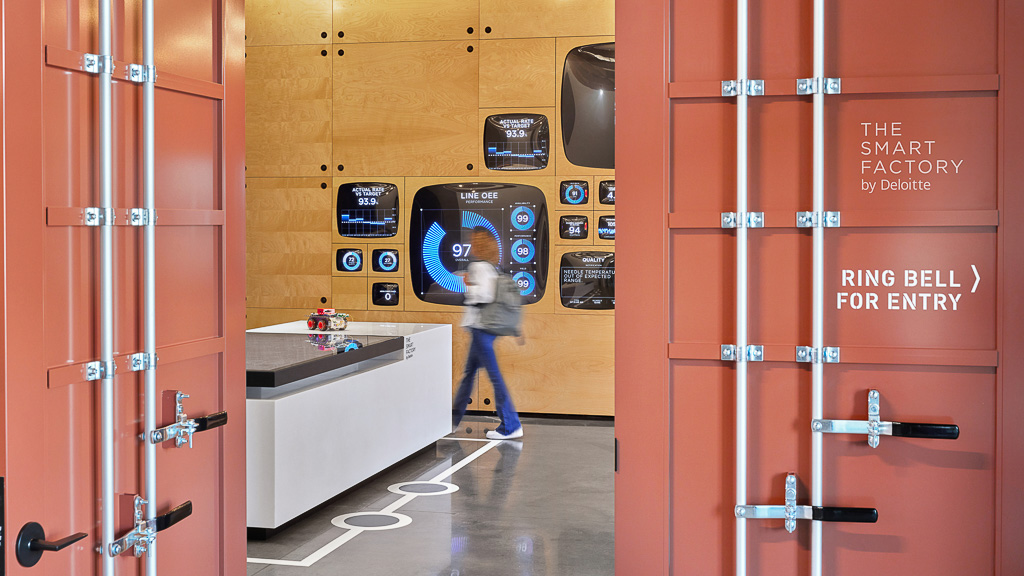
The Smart Factory by Deloitte
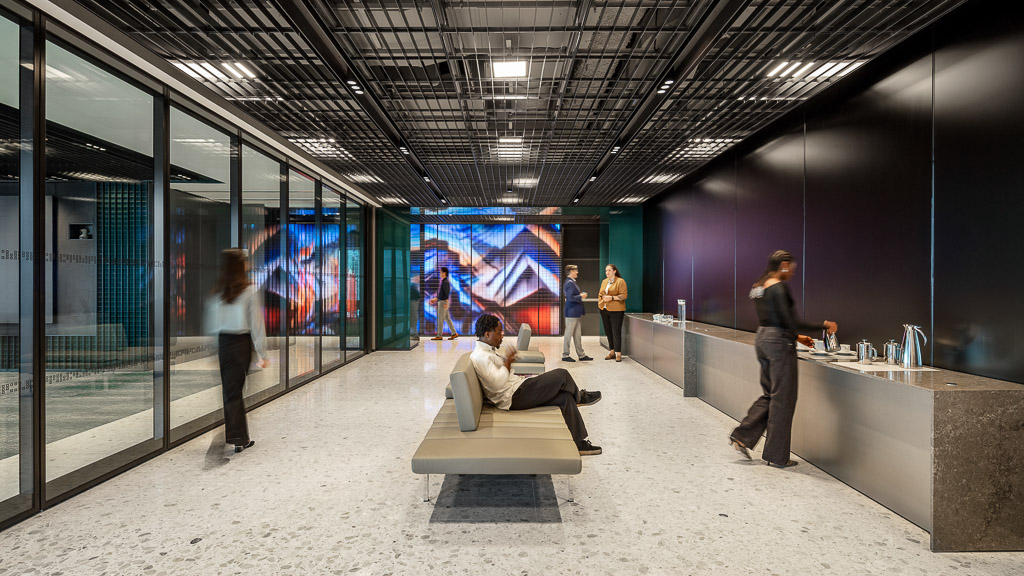
AllianceBernstein at Hudson Yards
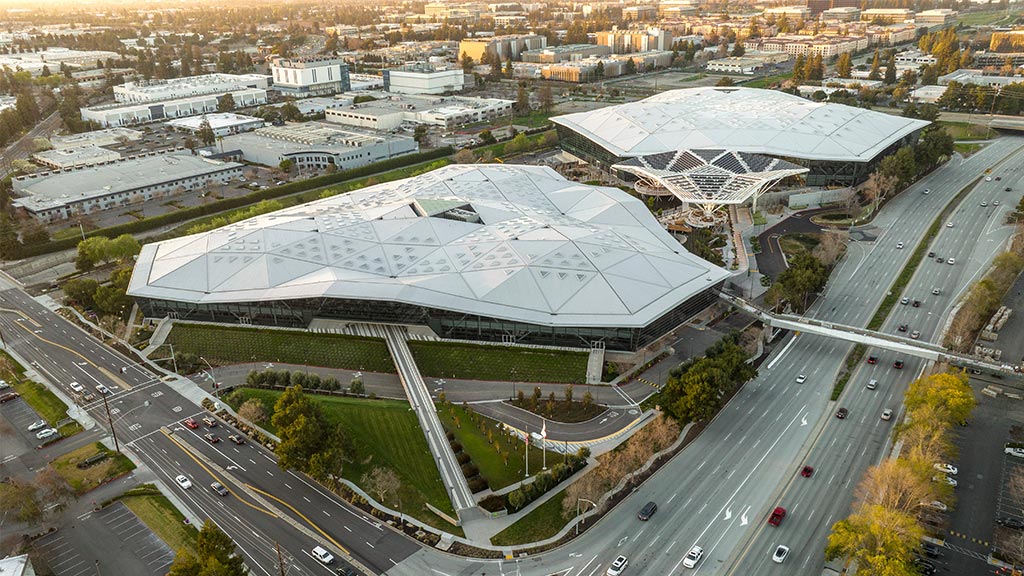
NVIDIA
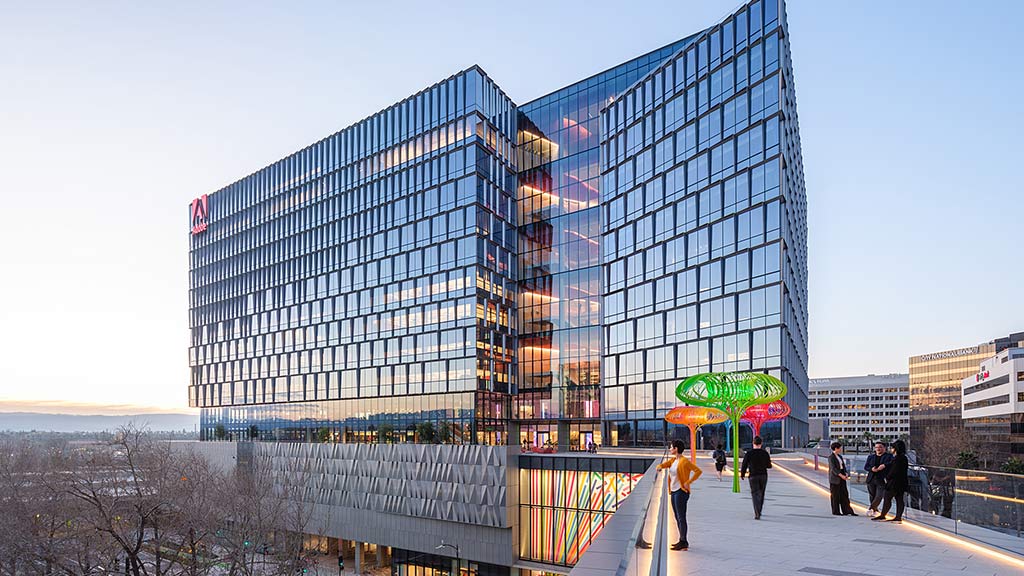
Adobe Founders Tower
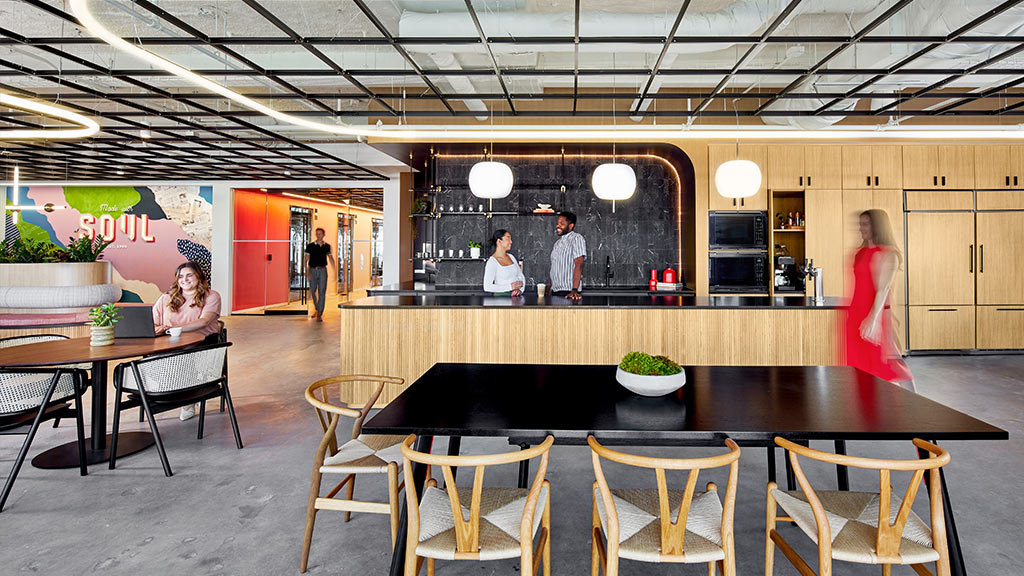
Gensler Atlanta
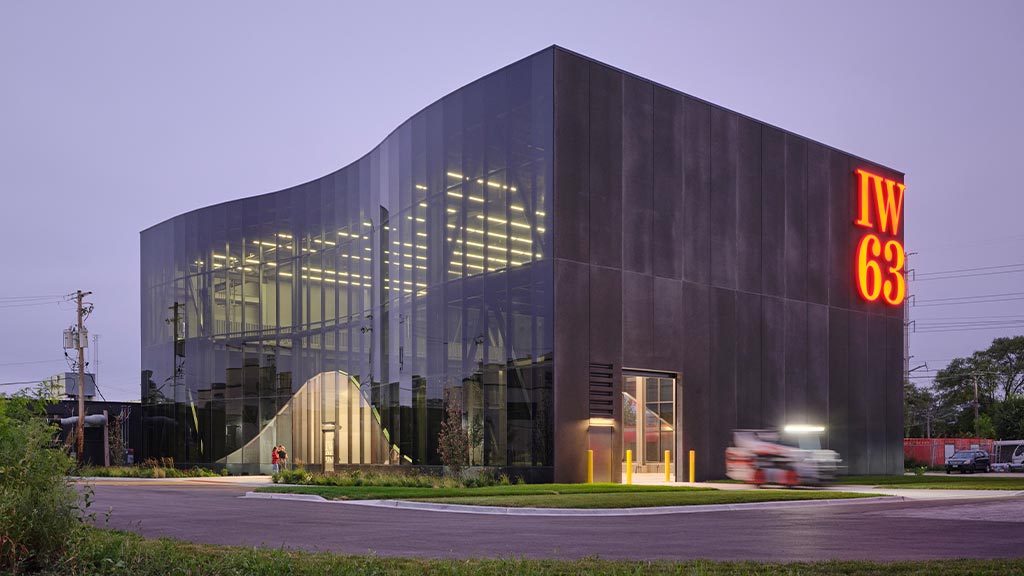
Ironworkers Local 63 Training Center
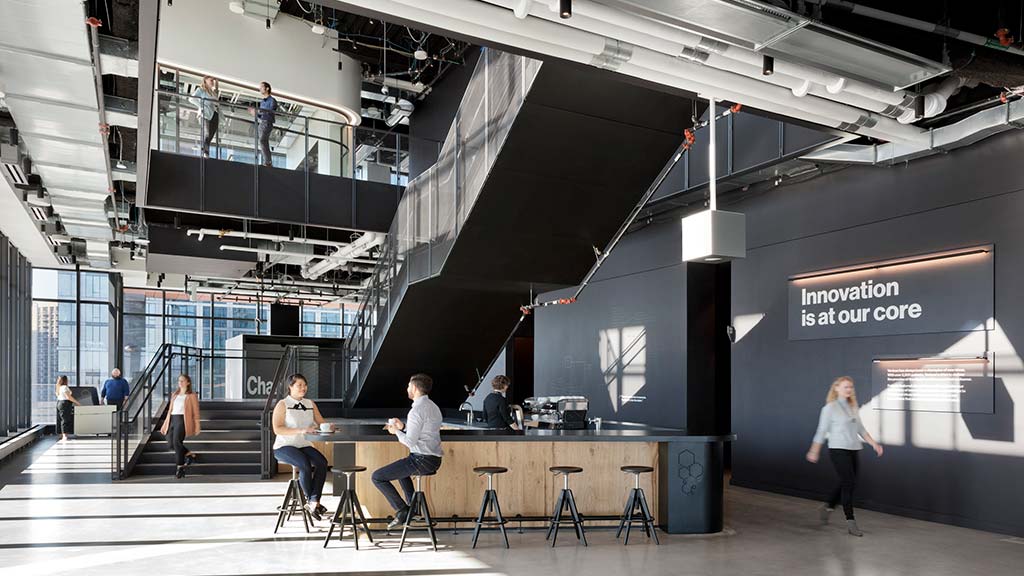
Verizon at The Hub
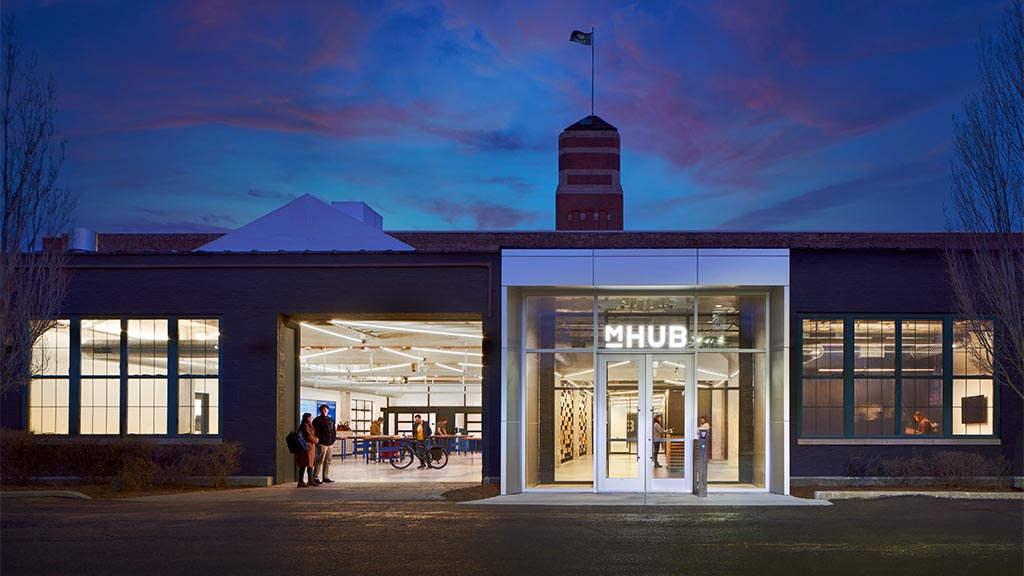
mHUB Chicago
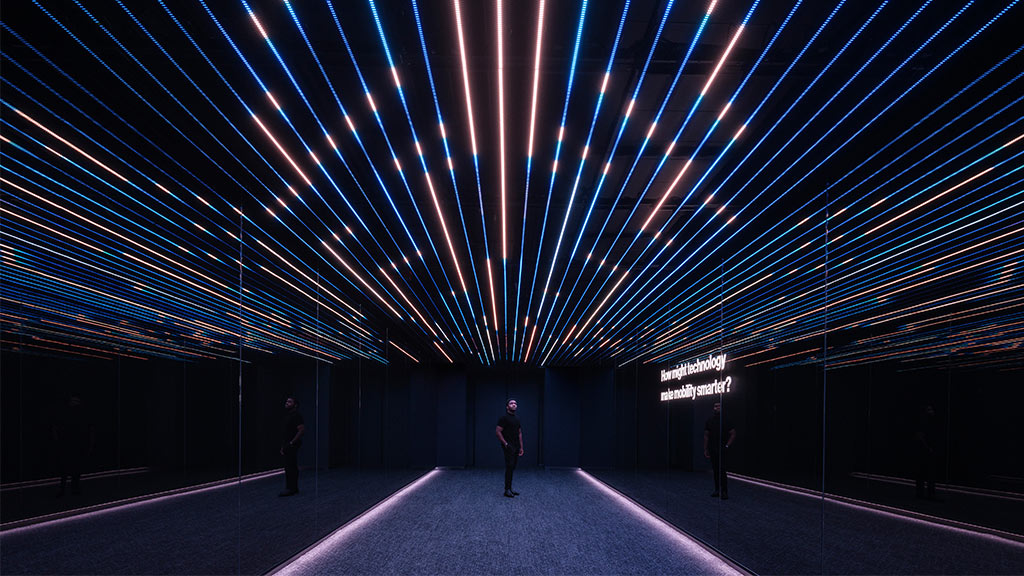
Verizon Innovation Center
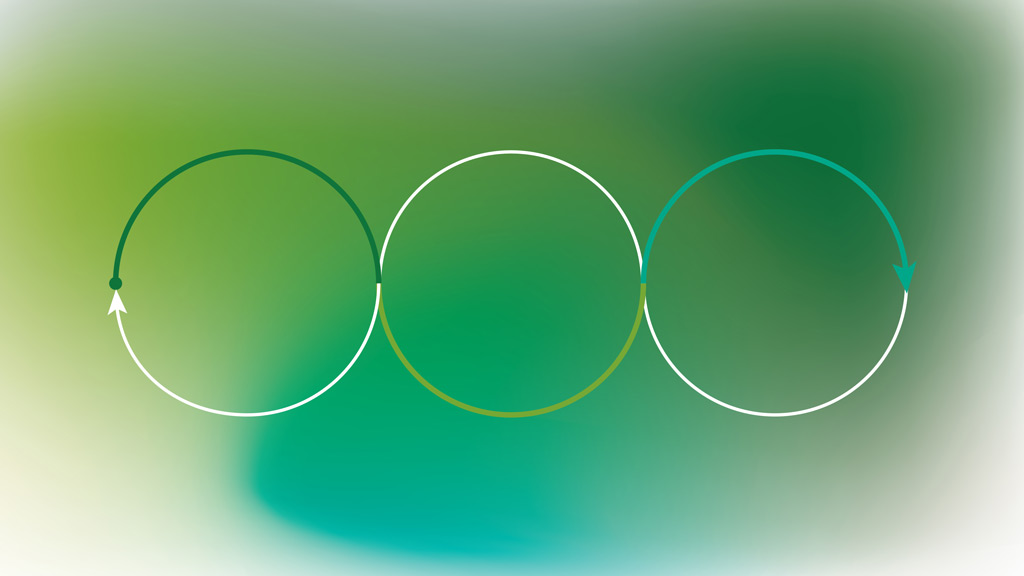
Communicating Sustainability: Quantifying, Qualifying, and Celebrating Climate Impact Achievements

Designing for the Convergence of Science at The Engine
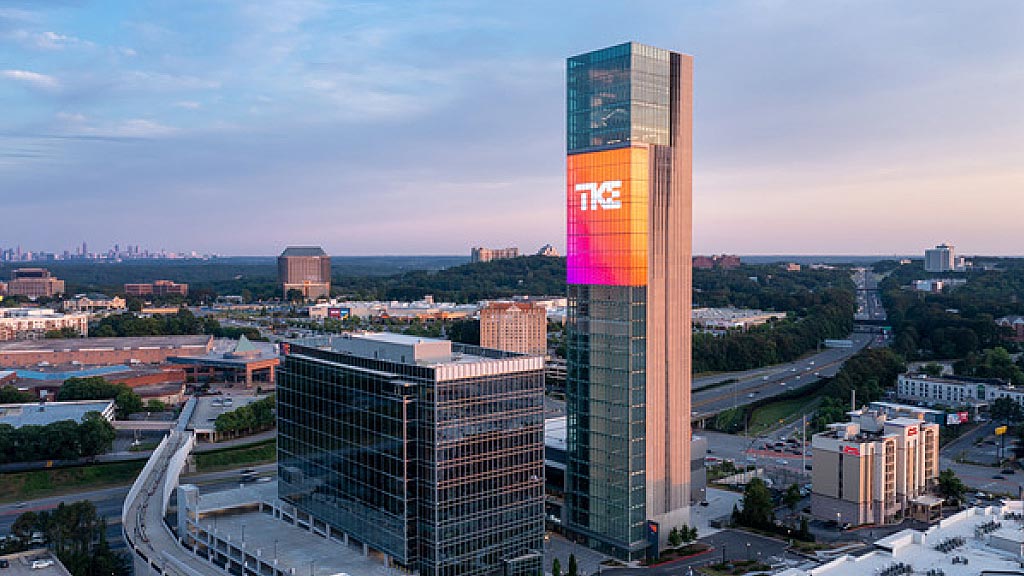
How is Decarbonization Changing Architecture and Design?
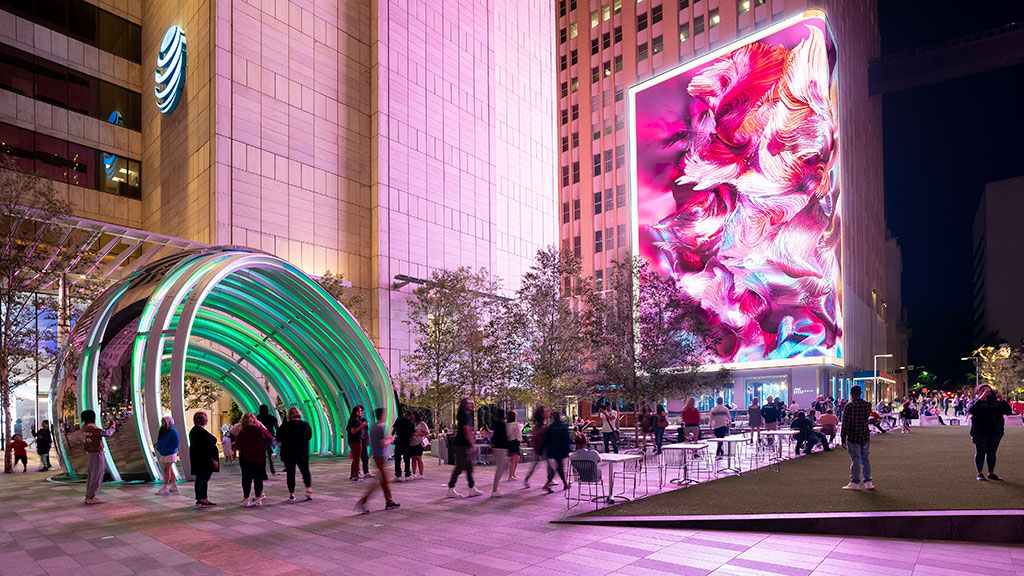
Trends to Watch: 5 Opportunities Shaping the Future of Tech in the Built Environment
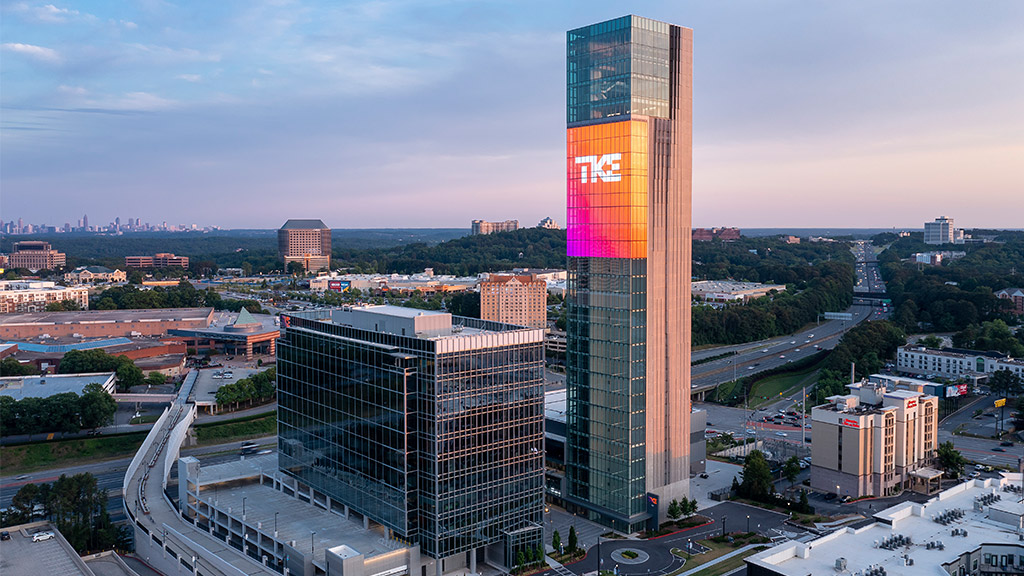
How TK Elevator’s New Workplace Spurs Connectivity Through Experiential Design
